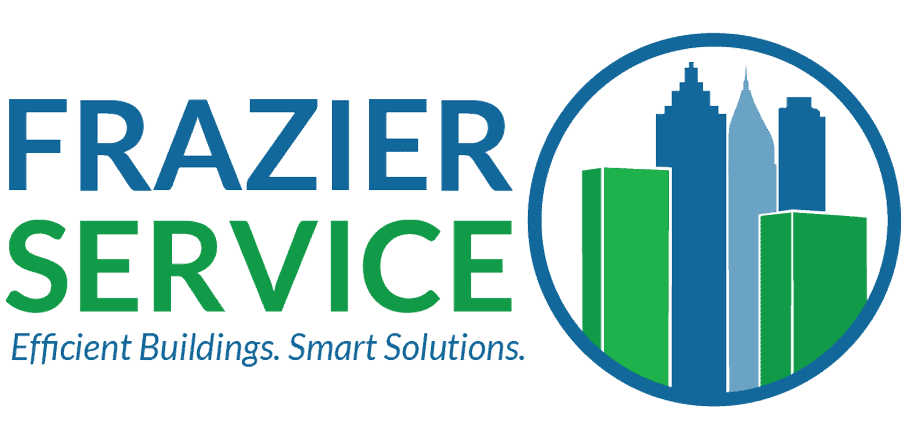
Understanding Indoor Climate & Air Quality Standards for Office Buildings
If creating a healthy indoor climate wasn’t on your mind before the pandemic, it likely is now. Continue reading to discover the factors that affect indoor climate and how you can optimize your air quality according to global standards.
Why Bother Optimizing Your Office’s Indoor Climate?
COVID-19 highlights the relationship poor air quality has on your office’s operations, and your employees want reassurance that you’re prioritizing their wellbeing. By improving your indoor climate, you help cultivate a healthier office space. Here are four reasons to invest in indoor climate solutions:
1. Comfort
One of the primary benefits of creating a healthy indoor climate is the comfort it provides for your office. During long work days, few things are more rejuvenating than getting fresh air without having to leave your cubicle.
2. Health and Wellness
The average American spends over 90% of their time indoors, meaning most of the air we breathe comes from indoor atmospheres. That’s why indoor air quality has a direct relationship on your building’s health. By investing in indoor climate solutions, you create a healthier office space devoid of pollutants, microbes, and other threats to your employee’s well-being.
3. Attract More Tenants and Visitors
Simply put, people tend to spend more time in comfortable spaces. If customers feel cool in your building, even during the driest of summers, they will stay inside your facility longer. Comfortable indoor climates also help your employees focus on their work, meaning their productivity levels are much higher.
4. Improved BAS Efficiency
Investing in building automation solutions (BAS) can help improve your indoor climate as well, as you’ll be able to control the temperature and humidity in your office building.
High humidity levels contribute to the growth and spread of unhealthy biological pollutants, while low humidity levels can irritate your employees’ mucus membranes, causing dry eyes and general discomfort. That’s why indoor climate control plays a significant role in improving your air quality. With a holistic management platform, you can adjust moisture and humidity levels in your office, preventing mold and other biological contaminants from thriving.
With building automation solutions, you can manage humidity levels and control your energy usage. HVAC sensors detect your system’s output, send data to your BAS, and make adjustments to make your unit run more efficiently. This helps reduce your energy consumption while decreasing the likelihood of system failure.
The Most Important Components of Healthy Indoor Climates
There are several elements that govern the state of your indoor climate. The most important ones are as follows:
Air Temperature
Air temperature is arguably the most important element of an indoor climate, as it plays a prominent role in the comfort of your office space.
Air Velocity
Essentially, air velocity refers to how quickly it takes for HVAC airflow to reach building occupants. Faster air allows for a greater exchange of heat between air and the person, helping create a more comfortable indoor climate.
Airborne Contaminants
Airborne contaminants usually include:
- Gasses and particles emitted from cleaning equipment
- Dirt knocked loose from within the carpets
- Dust from furniture and other building materials
- Pollutants, microbes, pathogens, and pollen
All of these particles can cause significant discomfort to your building occupants, changing saturation levels based on the season.
Ventilation
At the heart of every healthy indoor climate is an efficient ventilation system. By pumping in fresh air and evacuating used air, a ventilation system helps keep your building’s atmosphere in check. Not only does it moderate temperature, but it also decreases moisture, humidity, odors, and microbes present in your office’s atmosphere.
Indoor Air Quality
Indoor air quality (IAQ) determines both the short-term and long-term well-being of your building occupants. Essentially, it measures the quality of air within your building’s internal atmosphere.
Causes of Poor IAQ
Poor indoor air quality has long been considered a health and safety concern. For commercial office spaces, some of the most common air contaminants include:
- Carbon dioxide
- Tobacco smoke
- Fungi
- Bacteria
- Dust mites
- Toxic vapors from cleaning supplies
Why You Need Good IAQ
Conversely, good indoor quality guarantees that your occupants:
- Breathe better
- Sleep better
- Stay healthy
- Stay productive
- Have access to fresh, odorless air
- Enjoy spending time in the building
Five Professional Climate Standards Your Office Should Meet
Creating a healthy environment to protect your building occupants doesn’t need to be challenging. Have a look at a complete list of indoor climate standards your business should strive to confirm with:
1. Humidity Standards
The American Society of Heating, Refrigerating and Air-Conditioning Engineers (ASHRAE) recommends maintaining relative humidity at or below 65%.
2. Temperature Standards
According to research from the National Library of Medicine, the ideal indoor temperatures are between 70–72 °F, as this is the perfect range for boosting productivity.
3. CO2 Standards
For ideal indoor air quality, ASHRAE recommends the CO2 concentrations to be at or below 800 ppm in offices.
4. Air Velocity Standards
The International Organization for Standardization mentions in report ISO 7730, that the maximum air velocity should be 0.12 m/s during summer and 0.1 m/s in winter.
5. Air Quality Standards
The U.S. Environmental Protection Agency (EPA) has different air quality standards depending on the pollutant in question. For example, only 9ppm of carbon monoxide can be present over an eight hour period, and this saturation shouldn’t be exceeded any more than once per year.
Schedule Your Free Assessment With Frazier Service
Since 1973, Frazier Service has been providing high-quality HVAC solutions our clients can trust. We know how complicated finding the right provider can be, which is why we prioritize:
- Attentive customer service
- Transparency through the entire process
- Highly trained and qualified technicians
If you have an HVAC project on the horizon, you’re in the right spot. Schedule a free assessment with our experts to get started.







